Episode 31: Listener Question: Untraining a Horse or Adding Layers?
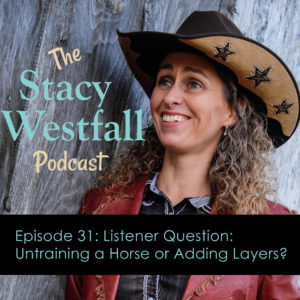
Subscribe For Free!
This week I’m answering a listener question. First, I’m going to answer with the theory, and then I’m going to teach you all how to become a detective. The listener wants to know if she can ‘untrain’ the horse’s desire to run full speed during mounted shooting competitions. She wants the horse to slow down or give her more control.
Some of the questions I ask incluse: Is the trigger only at shows or can you trigger a low level version of this at home? When he gets amped up…what aids does he get resistant to? Do you take him to practices? Does a practice amp him up half way between a shoot and at home? Can you set balloons off of him? This episode is a great look into the horses perspective and adding layers to his training.
“I go back and retrain my horses all the time. I go all the way back to the basics, because things can become untrained without use.” Stacy Westfall Click To TweetShow Notes:
[02:21] Thank you for the question and congratulations on reaching level three.
[03:07] The first thing I would like to start the conversation with is adding layers. Instead of training the horse, start adding layers to his training.
[03:48] This also brings up habits versus control. Habits are usually some version of anticipation.
[04:29] His habit of being asked to give his all is affecting your control over him. This is very common with speed events.
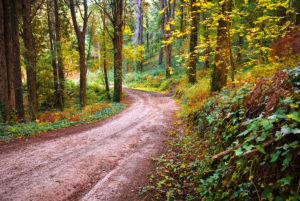
[06:43] People sometimes overlook that horses can have an adrenaline rush and enjoy the racing.
[08:09] At the end of the day, when we add all of these layers, and say habit versus control, I want to feel like I can turn my horse up and down like using a dial.
[09:02] I have to do a lot of work to make a +7 horse a -7 horse.
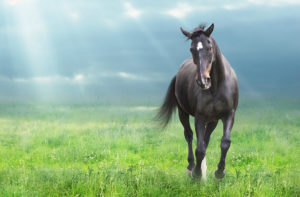
[10:50] Here are the questions that I would ask for the detective work.
[11:28] Is the trigger only at shows or can you trigger a low level version of this at home? When he gets amped up…what aids does he get resistant to? For example, very sensitive to your legs, pulling/rooting on the bit, rocking horse lope, sideways movement…how does he express himself.
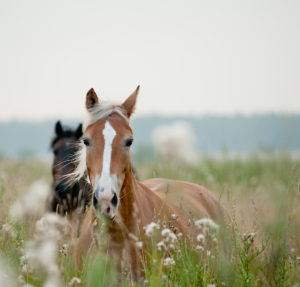
[13:26] If a horse doesn’t relax into the hug, then he is resisting.
[13:58] Do you take him to practices? Does a practice amp him up half way between a shoot and at home? Can you set balloons off of him? Does he recover outside the ring or in the ring? Or once he gets ‘up’ does he have trouble coming back down?
[15:40] I go back and retrain my horses all the time. I go all the way back to the basics, because things can become untrained without use.
[18:26] When you become a detective and are able to do all this kind of stuff you will realize which aids he is leaning on and what he might be resistant to.
“When you turn up your awareness to how your horse is specifically evading aids when he gets amped up, you can actually find those problems in other spots at home.” Stacy Westfall Click To TweetLinks and Resources:
Stacy’s Video Diary: Jac-Episode 13-Training Cycles in horse training: Physical and Emotional
Teaching a horse to handle stress. Episode 4: The Trail to the World Show
4 Steps for Training a Horse for Mounted Shooting
3 Steps for Introducing a Horse to Mounted Shooting
Have you ever wondered what a live version of this podcast would be like?I’m hosting some live, online video calls that are like a live version of this podcast. I teach on a subject, answer questions and for those who are brave, I’ll turn your video on live too and you can join me for a conversation!
If you want to learn more about this you can visit https://stacywestfall.com/live/ for more information!
3 Comments
Leave a Comment
SUBSCRIBE TO THE PODCAST HERE:
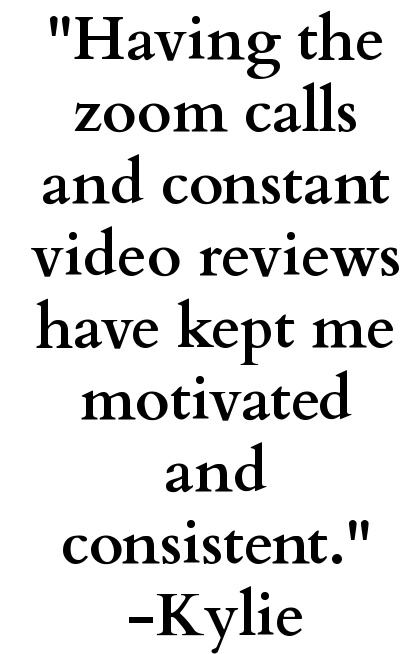
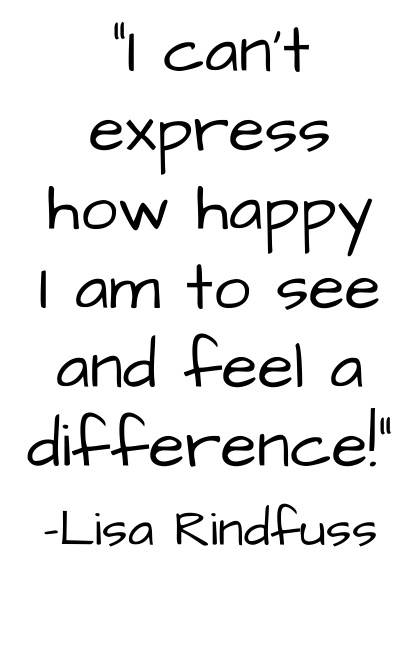
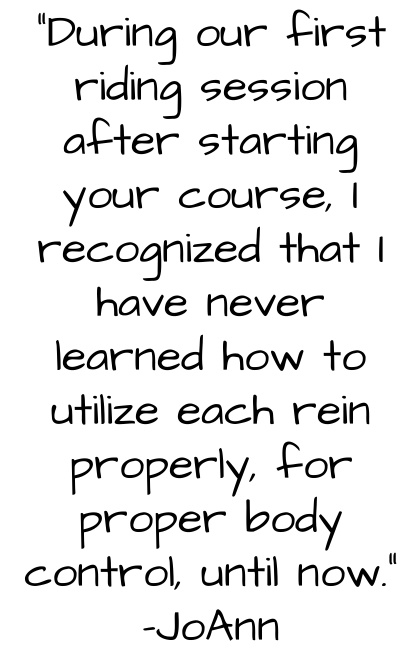
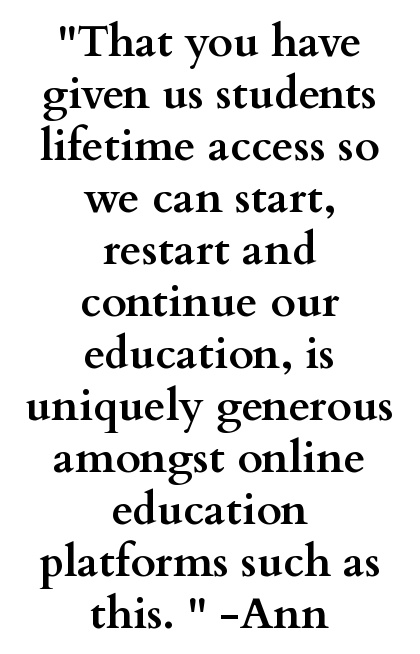
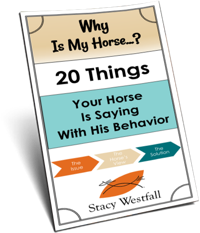
YOURS FREE
WHY IS MY HORSE...?




Thank you!!! I will try it tomorrow or Saturday. Too many big booms today!! Audio would be awesome!!!?
Hi Stacy
I have been working on desensitizing Hildy to the kiss cue for a lope. I think it is working. While I am riding I will kiss out of the blue and it is no really phasing her. I have also collected her and kissed and she seems fine….she is more aware when I kiss once I collect her but nothing bad. When I reintroduce the kiss cue do I put let on, kiss once and then kiss twice or do I kiss once, put leg on, then kiss twice.
Thanks for your response.
Leg & shape her, then kiss once-hesitate-kiss twice.
I might see audio coming your way on this…